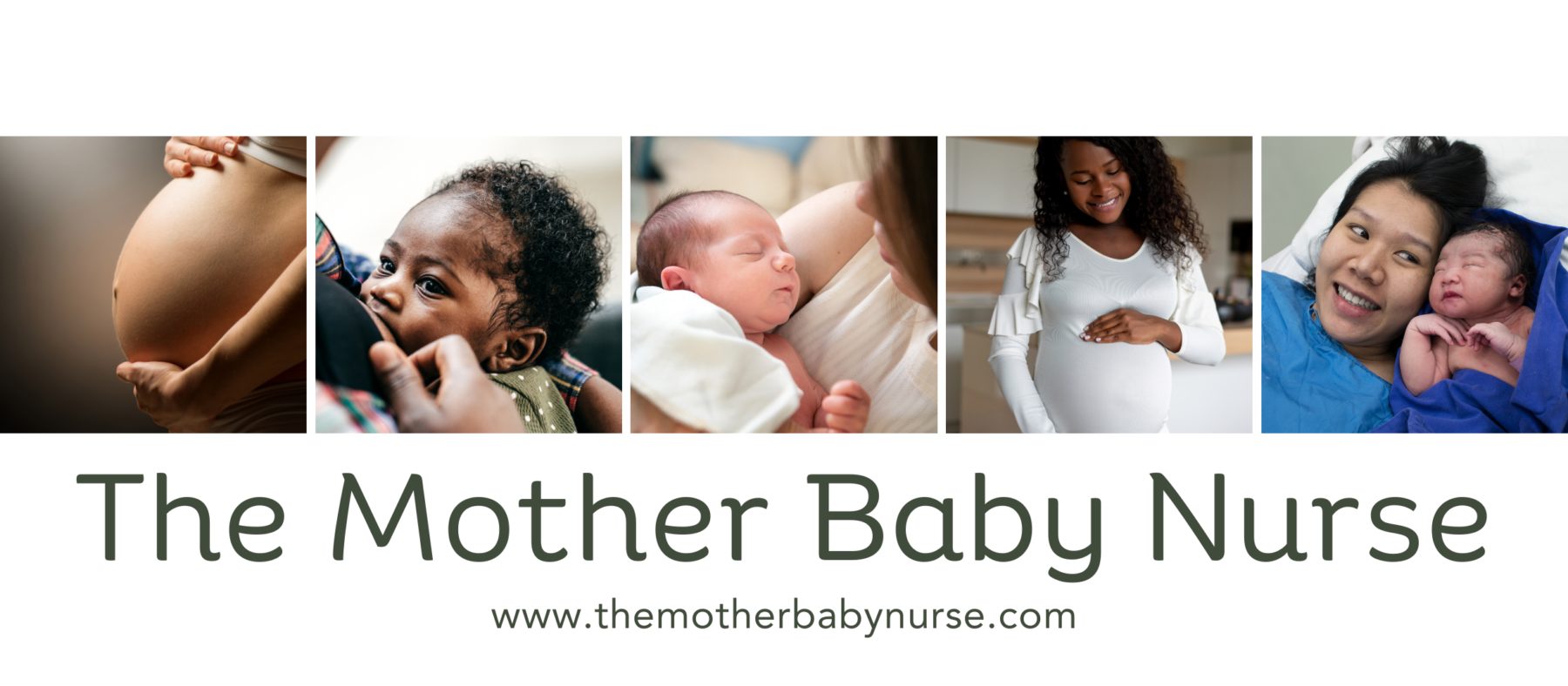Bringing a new baby into the world comes with a mix of excitement and challenges, not least of which is ensuring the little one’s environment is safe and healthy. A key aspect that sometimes gets overlooked is noise exposure. Since newborns are especially sensitive to sound, it’s important for new parents to know how to manage noise levels effectively. Here’s your go-to guide for protecting your infant from excessive noise and ensuring their hearing and overall well-being are preserved.

Recognizing a Baby’s Sensitivity to Noise
Babies have a keen sense of hearing from the moment they’re born, able to detect and react to sounds even while still in the womb. However, their ability to filter out ambient noise isn’t fully developed, making them particularly vulnerable to loud or sudden noises. These can be startling and even distressing, potentially affecting their hearing and overall comfort.
The Impact of Loud Noises on Infants
Exposure to loud noises can have several negative effects on a baby, including:
- Hearing Damage: Infants’ ears are delicate, and prolonged exposure to noise over 70 decibels (comparable to a running vacuum cleaner) can be harmful.
- Disrupted Sleep: Quality sleep is crucial for a baby’s development, and loud noises can interrupt much-needed rest.
- Increased Stress: Babies, much like adults, can experience heightened stress levels due to loud environments, which may affect their mood and health.
Effective Strategies for Noise Management
- Monitor Noise Levels: Keep an eye (and an ear) on the noise environment around your baby. Tools like smartphone apps can help you measure noise levels to ensure they remain safe, ideally between 40-50 decibels during sleep times.
- Use White Noise Wisely: A white noise machine can be beneficial in masking disruptive sounds. These devices should be used responsibly, keeping the volume below 50 decibels and the machine at least seven feet from the crib to prevent any risk of hearing damage.
- Check Baby Toys: It’s surprising how loud some baby toys can be. Always check the noise level of any musical toys or gadgets with speakers to ensure they are appropriate for your baby’s sensitive ears.
- Educate Visitors: Make sure friends and family are aware of the importance of keeping the noise down around your baby. This is especially important during lively gatherings.
- Soundproof Your Space: Consider using curtains, carpets, and even closed doors to buffer external noises. These simple additions to your baby’s room can significantly reduce noise intrusion.
- Protect Their Ears Outside: When taking your baby to noisy places, consider protective measures like baby earmuffs, which can safeguard their hearing from potentially harmful noise levels.

Creating a Calm Environment
In crafting a peaceful sanctuary for your baby, it’s not just about dampening noise—it’s also about nurturing an environment conducive to their growth and happiness. Regularly managing noise levels at home and during outings plays a vital role in this process.

Being a new parent involves plenty of learning and adaptation. As you become more attuned to your baby’s needs and responses, you’ll find the right balance in managing their environment. By taking proactive steps to control noise exposure, you’re ensuring your baby not only has a safe start in life but is also surrounded by a calming and loving atmosphere. Here’s to happy, healthy parenting!
